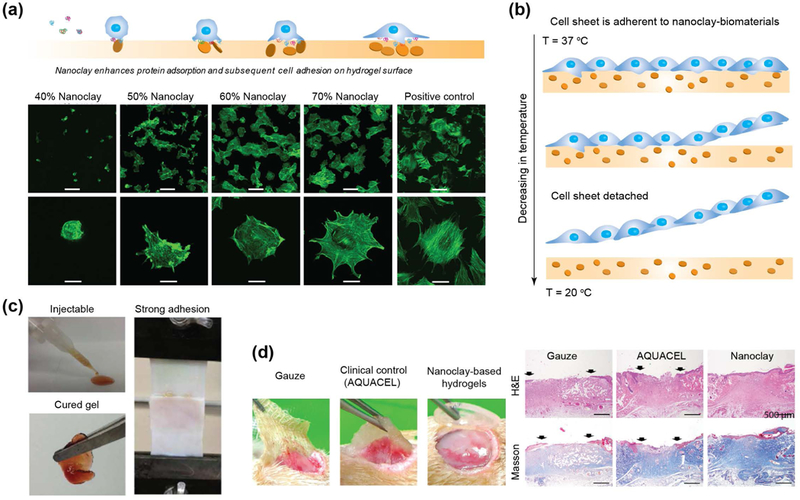Figure 8. Nanoclay support cell and tissue adhesion.

(a) The addition of nanoclay to a non-fouling polymer (PEO) results in enhanced cell adhesion and spreading. Adapted and modified with permission [98] Copyright © Elsevier. (b) Concept of cell sheet engineering using nanoclay and thermoresponsive polymer. (c) Dopamine-modified multi-armed PEG (PEG-D) mixed with nanoclay was developed as tissue adhesive. Injectability combined with wet tissue adhesion allow this fit-to shape sealant to be used as an injectable bandage. Adapted with permission[134] Copyright © American Chemical Society. (d) nanoclay-based hydrogels facilitate complete closure in normal and diabetic wounds. Re-epithelialization and formation of new connective tissues was observed when nanoclay-based hydrogel are used as wound healing patch. Adapted with permission[145] Copyright © Royal Society of Chemistry.
